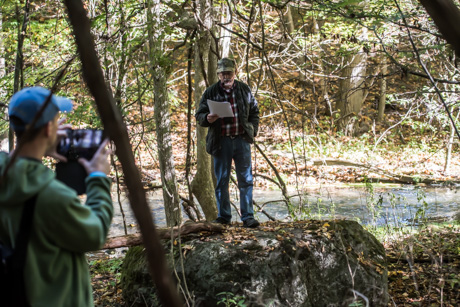
Bill Chase, a tour guide today, stands on "the big rock" near the site of what was once one of the largest Native American settlements in the region, on property now owned by Lamb Farms in the Town of Oakfield. The rock may have served as a grinding stone for the Indians, but there is little evidence to support that supposition. At one time, Town of Oakfield considered moving the stone into Triangle Park.
The visit to the big rock was part of four tours today of 30 people each to the site known to later generations of Seneca as Tegat Ainea Aghgue, or town with two forts. It's the first time the Oakfield Historical Society organized a tour of the site and it proved to be hugely popular. All four tours were sold out and another 30 or 40 people wanted to go on the tour.
The location of the other fort has never been confirmed, but the Oakfield fort was occupied for about 100 years during the 12th and 13th centuries.
The fort was located on the banks of a creek in an area that may have been cleared of trees by fire. Evidence suggests that the Indians waited for new saplings to grow big enough and tall enough to serve as a fence for the fort. They also dug a ditch around the five acres of the fort.
Reverend Samuel Kirkland first visited the site in 1788 and found large trees growing in the area, but the mound and ditch were clearly visible.
Sixty years later, E.G. Squire mapped the fort, even though part had been cleared by that time for farmland.
The woods were filled with trees of enormous size and age, he reported.
Kirkland may have found the second fort, but it has never been located since.
In 1958, a team from University at Buffalo, led by professor Marion White, assisted by amateur archeologist Stanley Vanderlaan, dug a portion of the site and discovered the remains of three longhouses.
Many residents have known about the area their whole lives and one person on the tour said for a long time it was still possible to find arrowheads in the farm field right after the spring plowing.
The land is privately owned, but that doesn't stop motorcyclists and ATV riders from using the trails in the area.
The guide reminded everybody they should not visit the site without permission. There may come a day in the future when archeologists want to return, perhaps with better and more sophisticated equipment to help uncover more about the lives of these early settlers.
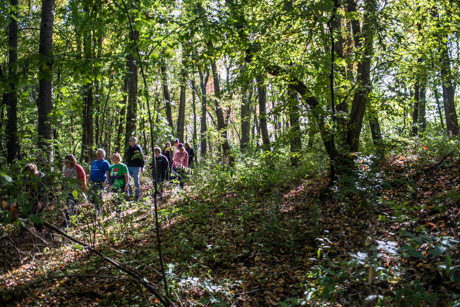
The embankment to the right is part of the ditch that surrounded the fort.
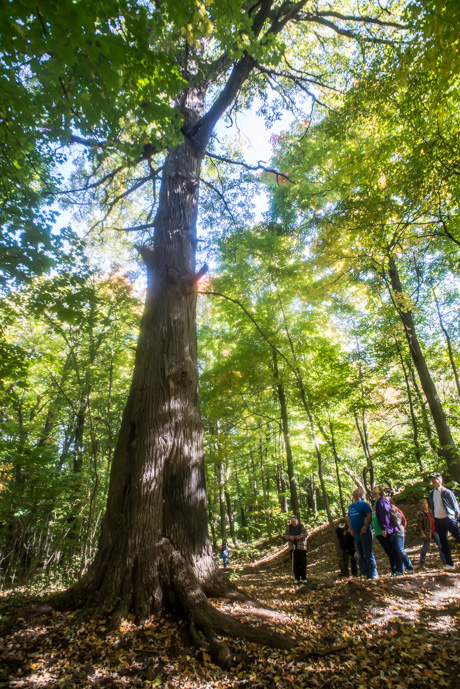
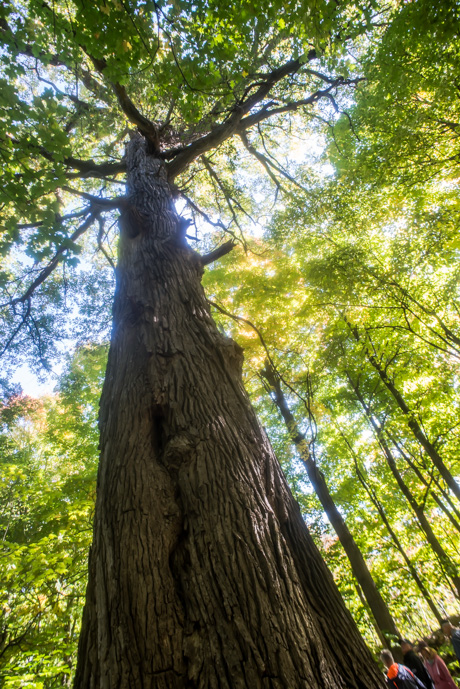
This white oak -- the white oak is what gives Oakfield its name -- is possibly the largest and oldest still standing in Oakfield. It's more than 300 years old. Each member of the tour was offered an acorn from a white oak to take home and try and grow.

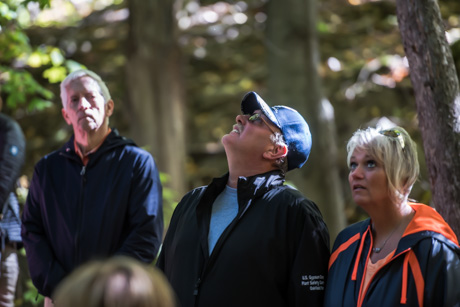
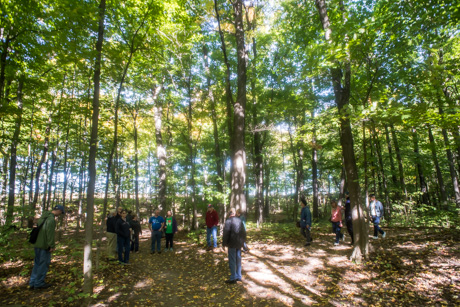
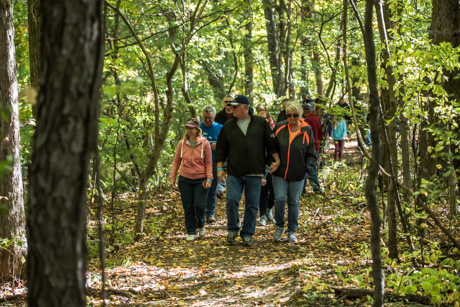
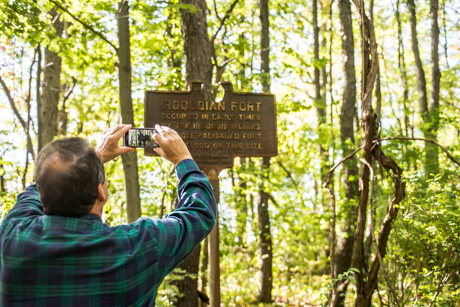
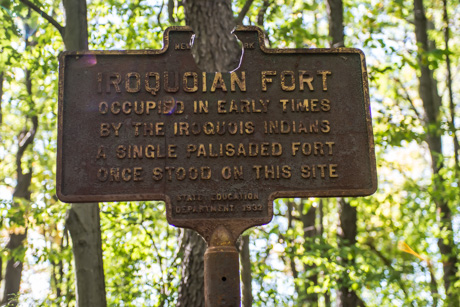
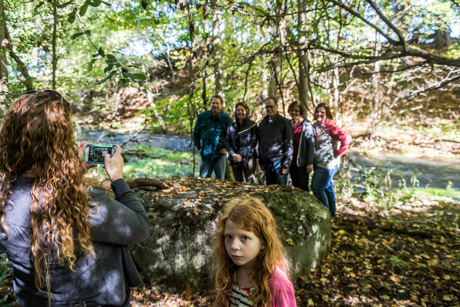

Thanks so much for
Thanks so much for documenting Oakfield Historical Society's tour. We hope you enjoyed it.
I thought it was fantastic.
I thought it was fantastic. There is a treasure trove of interesting places in Genesee County. I'm glad to know about -- and visit -- another. Thanks for the heads up about it.